
AI: The Somnium Files - nirvanA Initiative Review
I didn’t think 2019’s AI: The Somnium Files would ever get a sequel. In addition to it seeming like a cult classic at best, the ending was definitive and I never felt that there needed to be more. Did I want more? Sure. Was I worried it could retroactively ruin one of my favorite games? Not really. What I wanted was a fun time, a compelling mystery, and an exciting yet heartfelt story. I got that. I got exactly what I wanted, and maybe even a bit more.
nirvanA Initiative’s story takes place across two different eras, the past (months after the events of the original true ending) and the present (six years after that). In both eras, two halves of the same corpse have appeared. Two members of ABIS, Ryuki in the past and Mizuki in the present, have to piece together the mystery across time.
nirvanA Initiative handles the need to be a sequel and an entry point in one of the most clever ways possible. In the very first scene of the game, Ryuki - a new character to the universe - is asked a question: Have you played the original game? Veterans of Kotaro Uchikoshi’s writing will not bat too much of an eye at this playful poke at the fourth wall. It set the tone, intrigued me, and curated my experience for the rest of the playthrough in a subtle way.
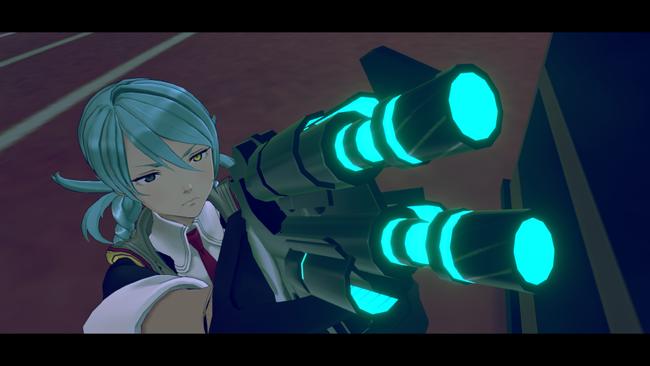
If you choose that you have not played the original game, the game doesn’t shame you. It will instead cut certain lines that mention major spoilers from the original game, offering newcomers a way to jump in here and then go back later if this catches their eye. I have not done a full playthrough in this mode, but I commend the attempt a lot here. I still think that if you plan to play both, it’s best to start with the original, but I’m glad they thought this through. The concessions needed to be taken to be an entry point are worn like a badge of honor, played off with comedic brilliance fitting for this universe. A certain returning character sparked speculation for appearing how he did in this game, and no time is spared brushing off such concerns as a joke. In some games, this would be seen as a disrespectful case of bad writing. In AI, this is hilariously in character and matches the tone.
This is just one example of many in which nirvanA Initiative frequently revels in the fact that it’s a follow-up to a game that already loved reveling in its own absurdity. However, it’s not the kind to sit back and copy what made the first game work. Yes, there are callback jokes aplenty, but its ambitions in themes, scope, and presentation lie elsewhere. The budget has increased to a noticeable extent: The game is longer, the aesthetic is bolder, and the animation looks a lot better. The goofy fights are more extreme and fun, and the pacing has sped up a lot. For a game longer than its predecessor, this is an impressive feat.
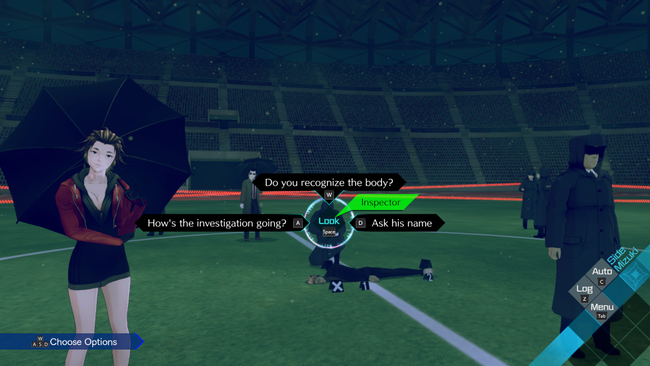
AI’s tone was a perfect balancing act of drama and humor. Murder mystery thrillers can go in one of two ways. You can be like a majority of slasher stories, where the cast is an insufferable lot whose deaths will entertain you. This is typically an intentional choice, and in that vein, the inverse of this is also crucial. I believe that to make an audience care for a group of people put in a life or death conflict, they need to be written in an endearing way. Humor and believable dialogue is how you can do this the best. The characters need to feel like people, and if they can do that while also being wacky that's commendable. The first game excelled in this regard, and the second game follows without missing a beat. This will be one of the funniest games I’ll play all year, and those moments of levity add to it. All while not deluding the story from having tangible stakes or thought-provoking themes. It doesn’t reach all of the same emotional peaks, but it's not trying to. It’s attempting to tell a new story - tune into new emotions.
I will circle back to the humor, however. For newcomers, know that the AI games love their sex jokes. They’re typically done in good fun, and only ever at the expense of the characters that make them. The first half of the game might put people off if you’re not expecting it, and it is worth mentioning that the sense of humor isn’t solely and an onslaught of sex jokes throughout. But definitely know what you’re getting into. For what it’s worth, some people have described me as a bit of a “prude” in the past, and I still enjoy this game’s sense of humor. Take that as you see fit, but go into it with all that in mind.
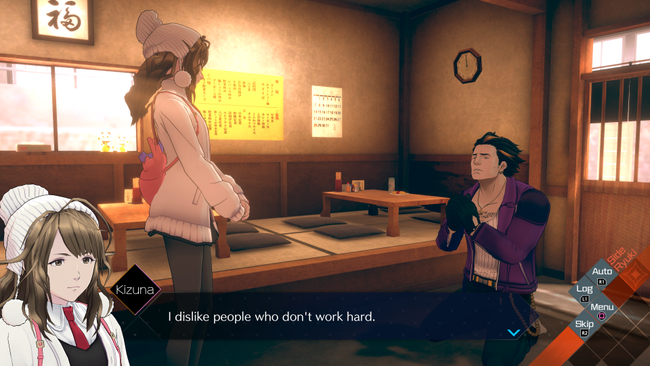
From a gameplay perspective, the main gameplay loop is retained and iterated on. You’ll experience the story in 3D environments, with freedom to look around them and investigate in the style of a point-and-click adventure game. There are fully animated cutscenes, this time in greater amounts, and different places to travel to question people as you piece together the mystery. A lot of what I said about the original in my review of it carries over, so I won’t repeat myself.
What truly impressed me was how much nirvanA Initiative attempts to improve aspects that I feel were unexpected for it to improve on. There’s a surprising amount of bonus content for people to dive into, which are fun distractions for players to take. Both Tama (Ryuki’s AIball companion) and Aiba have their own rooms, where you can talk to them on occasion and dress them up in a large variety of costumes that can be unlocked by doing well in Somnium sections. You can also play a cute Tamagotchi-like mini-game where you get to talk to and raise AIballs called Eyeballies. It's these small details to give the game more to do outside of being a story-driven adventure game that impressed me time and time again.
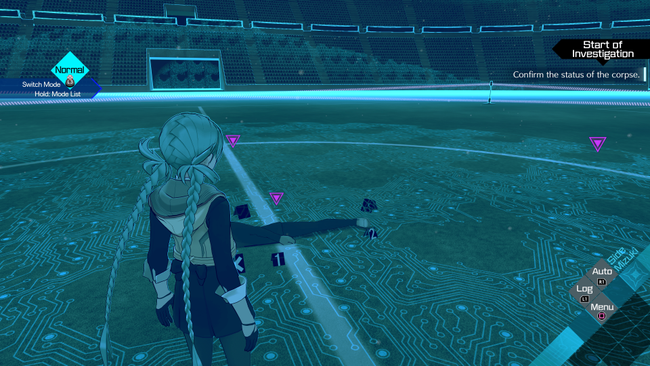
The dev team also introduced new ways to interact with solving the mystery, the main one being virtual reality investigation. When finding a corpse, your AI companion will recreate the scene in VR for the protagonist to run around and explore in 3D. Third-person exploration was something exclusive to Somnium before, so getting to explore the real world as the two protagonists was a treat. It brings both psyncers and their AI partners on the same mechanical playing field, making it one of my favorite features in the game. You have the option to look at the environment with X-Ray and thermo vision as well, allowing you to see things most other investigators wouldn’t be able to. These segments occasionally feature more traditional puzzles, reminiscent of some found in the Zero Escape games. These ended up being a real challenge, and upon reflection I think these are some of the finest on offer across both games. You'll be spending a lot more time puzzle solving in this one, and it felt great. Outside these instances, the puzzles in the VR segments aren't too convoluted, and there’s no time limit. These could be cutscenes, but if I had to choose a way I'd want this information to be conveyed I’d prefer the option that allows me to interact with the game’s world myself. The way the player themselves interacts with solving the mystery is more active, and it makes the process a lot more engaging and fun.
Fun fact: despite both games sharing an M rating in America, the two don’t share a rating in the country it was developed in. In Japan, the CERO rating for the first game was Z. The sequel’s CERO rating is C. All this to say that this is a noticeably less gory game. The subject matter is not any less dark or disturbing (in some parts it can actually be far more disturbing), but it’s done without being as extreme with its death scenes. These restraints remind me of the jump from 999 to Virtue’s Last Reward (two of Uchikoshi’s previous games, arguably some of the two he’s best known for). Virtue’s Last Reward was toned down seemingly to sell better, and while some don’t like it for that, I’ve found that some of the best creativity comes from working around restrictions. In a way, I theorize that this game does the same. However, this succeeds far better than I’d ever expect when looking at it in that framework.
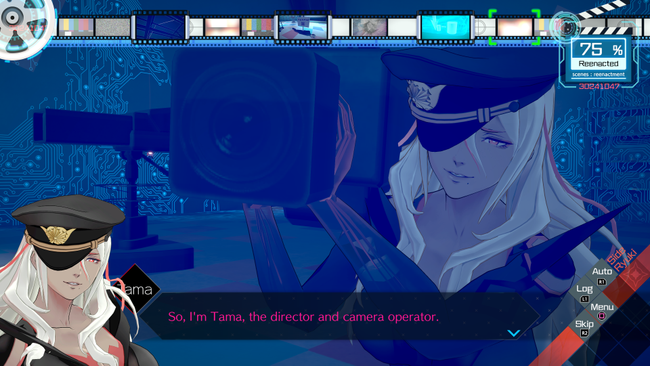
Also, it’s worth mentioning that the PC port is rather basic at the moment. There is supposedly a patch going out day one that will fix some lingering issues, but as of now I wouldn’t expect a port much different than the one the original game had. A unique perspective I got to have was playing it on Steam Deck, where I spent most of my playthrough. I’m a portable guy, and I have been looking to justify my purchase with a fun mystery adventure game for awhile. Despite spending most of my time on this device, I don’t think I can recommend it. Unless you’re as stubborn as me. Crashes were random and inconsistent, and pre-rendered video files don’t work properly across several Proton versions. The game is not deck verified, so I know I wasn’t promised a stable experience and I don’t think this is on Spike or the game. I just bring this up for any psyncers out there looking to dive in on the latest, greatest handheld.
Not everything was a glowing improvement, at least not to me. A common complaint of the original game was progression in Somnium sections being “random”. Make no mistake, I completely understand that complaint, but I’ve also always disagreed with it. For those who didn’t want to click on my review (I won’t take it too hard, promise), the major gameplay mechanic and way to progress the story involves diving into the dreams of suspects. Unlike a traditional puzzle game or escape room, the logic of how to interact with each Somnium is dependent on the dreamer. A fundamental misunderstanding, I think, is the idea to adopt a trial and error mindset. This isn’t entirely on the player, because the game invites experimentation. It’s not necessarily punishing, but it’ll put pressure on you in the moment to make things tense. If you understand the character or make the connections with context clues in the Somnium, the rest will fall into place quickly.

On the whole, while I largely prefer the way Somnium sections were handled in the previous game I think the changes were the best. If the goal was to make a more comfortable entry point, this is another way they’ve succeeded. These segments now offer several hints on how to understand the internal logic of each one. Some are outwardly linear, used more blatantly to convey story ideas in an abstract way. I think with the exception of one that happens surprisingly early and one near the end, all of them were a step down in terms of difficulty. Visually they’re just as creative and stunning as they always were, they’re just more digestible. Another brilliant addition to these was an option to turn the time limit off completely once you’ve cleared it, letting you go back and pick all the wacky options you needed to skip out on for time. Plus, there are difficulty options now that allow the player to customize their experience on the fly if the stress is too much. I didn’t feel as challenged, and therefore was just a tad let down, but I think I can get over that when there when the general experience was so much better.
The Somnium segments still branch the story in certain directions, but progress feels more linear. When playing this game you are obviously meant to play through every branch, that’s how the story is designed to be experienced. AI gave players the freedom to tackle these wildly different branches in any order available, but this has been reined in a bit. The way you experience the story, even with the branches, follows a more strict track. The illusion of freedom isn’t there as much, and this would be a big problem if the story was weak.
Thankfully, it is far from that.
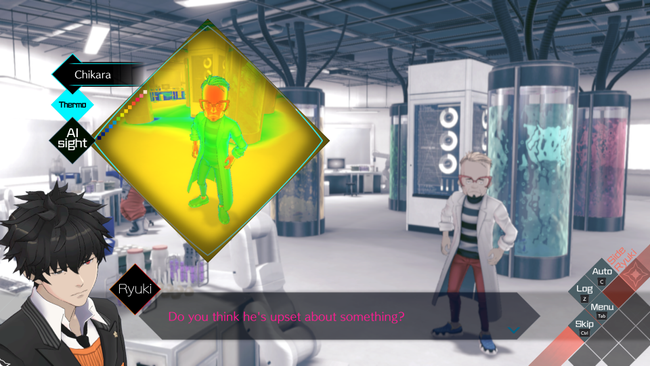
Perspective is an important concept in Uchikoshi’s body of work. How we can lack it in the present moment and then reflect on that after the fact. How perspective can recontextualize the world around us. I respect Uchikoshi for taking on the self-imposed challenge time & time again to come up with expansive timelines, and I respect him so much more whenever he’s able to bring it all together at the end. When the final pieces of what appeared to be a convoluted puzzle of a plot clicked in place at the very end, I grinned from ear to ear.
This is the kind of narrative where anything can be a spoiler, which is why I’ve avoided talking too much about it. There were a few fears I had, the same I have with any mystery game. “Will this stick the landing?” “Will this be satisfying?” “When will Kaname Date come back to talk about his porn addiction?”
The answers are: Absolutely, completely, and when he feels like it. It all came together for me beautifully, despite my occasional doubts. I couldn’t put the game down, and when I finished I was left wanting more in the best possible way. I was sad it was over, but undoubtedly satisfied. I can’t stop thinking about it.
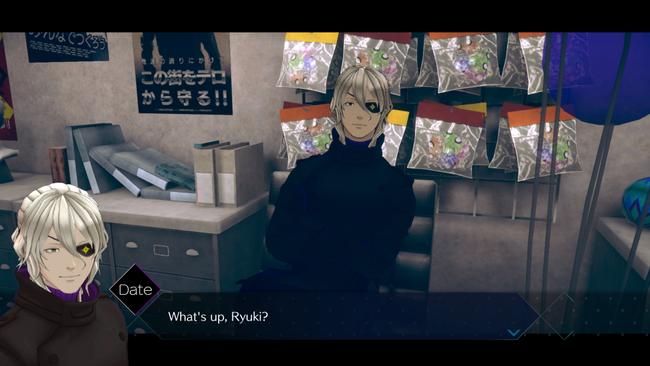
The concessions made to nirvanA Initiative appear to be done to make a more widely appealing game. If you read a sentence like that, devoid of context, you could very likely begin to worry. The beauty of this game is how it takes these limitations, and overcomes them by pure innovation to make an ultimately better product. Do I like it better as a piece of art? Well, that’s complicated. I know I love this game, but not for the same reasons. Purely a unique beast, and I respect it for that. There are parts of the story that don't work as well, and others that surpass it. It strives to be a more intellectual work, and I think it largely succeeds. Some of the puzzles were a tad too simple, while others were an excellent return to form. I wish the game wasn't as linear, but it does so for a reason I'd rather not spoil. As a duology, this exists as a novel take on a genre and the sequel that exists despite the odds. Both games aim for the stars and stick the landing against all odds.
Just like its predecessor, AI: The Somnium Files – nirvanA Initiative is full of heart, hilariously self-aware, and reflective on the style of writing that built the foundation that built the Somnium Files series. Both AI games are deeply personal, subversive, and reflective works, some of my favorite games in the genre. Now that we have one miracle sequel that ended up great, I could go for another one in a few years.